10 Tips for Restoring a Wood Frame House in Brooklyn
The humble wood frame house doesn’t always get as much love as the iconic brownstone in Brooklyn, but that’s starting to change as preservation-minded owners restore them across the borough.

The humble wood frame house doesn’t always get as much love as the iconic brownstone in Brooklyn, but that’s starting to change as preservation-minded owners restore them across the borough. Examples can be found all over and include 1820s clapboard homes in Brooklyn Heights, mid-19th century Italianate wood frames from Wallabout to Greenwood Heights, 1890s painted ladies in Bushwick and Edwardians in Flatbush.
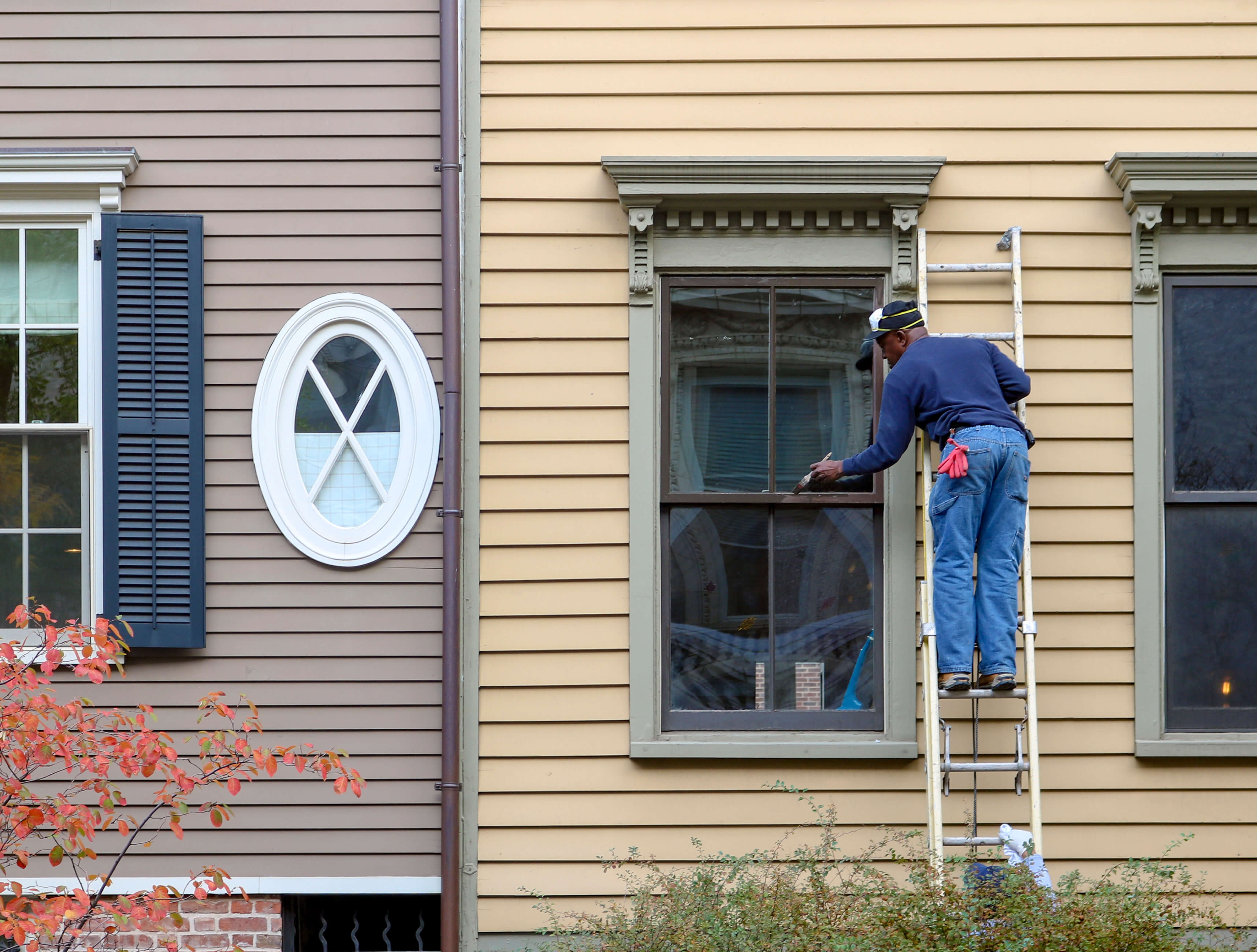
Many are covered in vinyl siding and have lost their original gingerbread details. Here are some restoration tips:
1. If you’re in a historic district, you will need approval from Landmarks. If you’re not, you have the option to use fiber cement siding (Hardie is a well-known brand name) and, for the trim, a mix of PVC and cement fiber board.
2. Surprisingly, cedar and fiber cement cost about the same for materials and installation. The difference is the maintenance: Prepainted Hardie siding will likely not ever need to be painted again, whereas wood must be painted often.
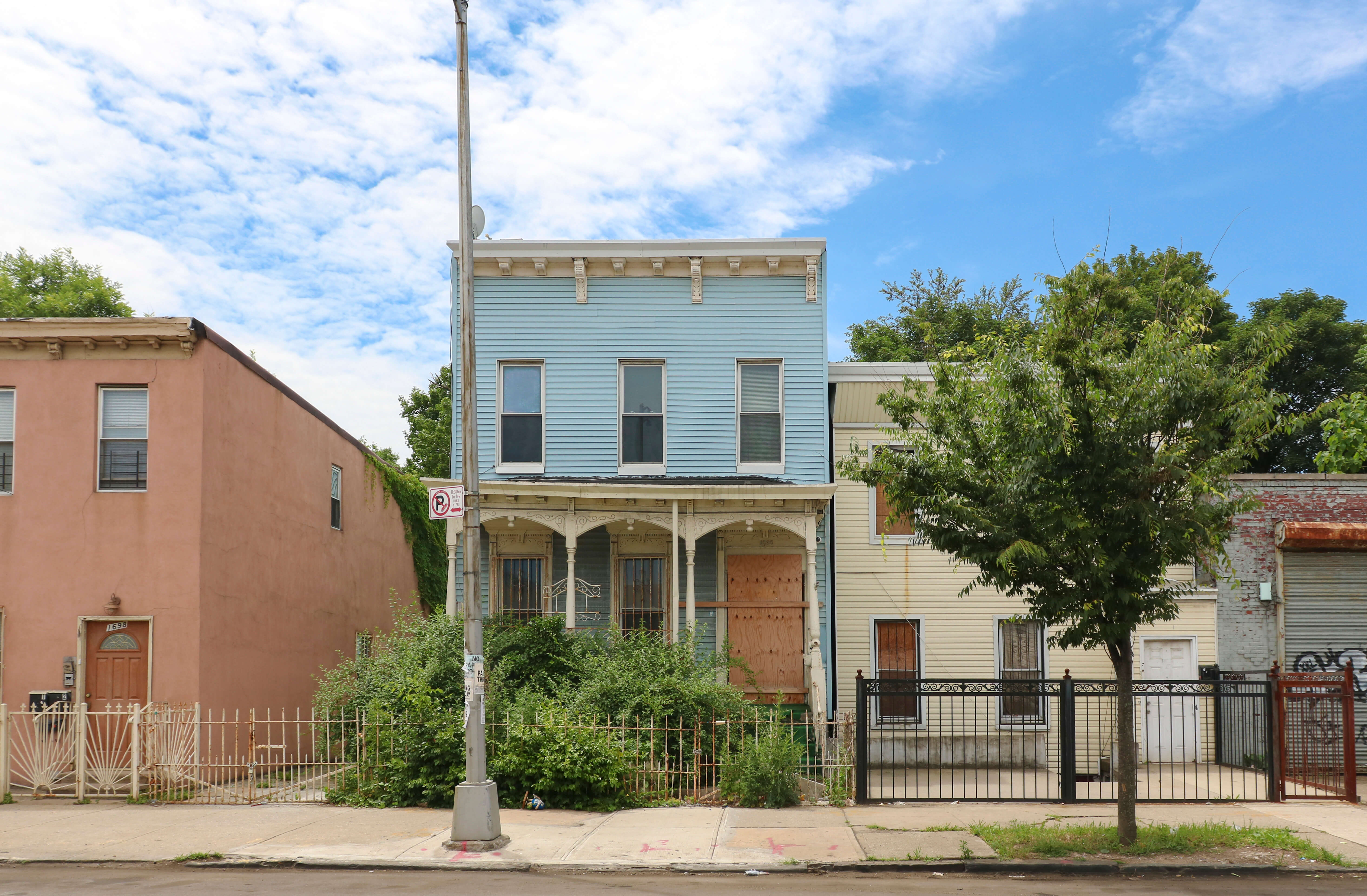
3. To re-create missing gingerbread trim, a canopy or even a cornice, you can have the pieces custom made, use off-the-shelf parts from specialty Victorian reproduction shops, or a mix of both.
4. Trim is usually painted and caulked on site.
5. While a very simple siding project could be done with only a contractor, you will need drawings for anything more complex, and hiring an architect will improve the quality of the project.
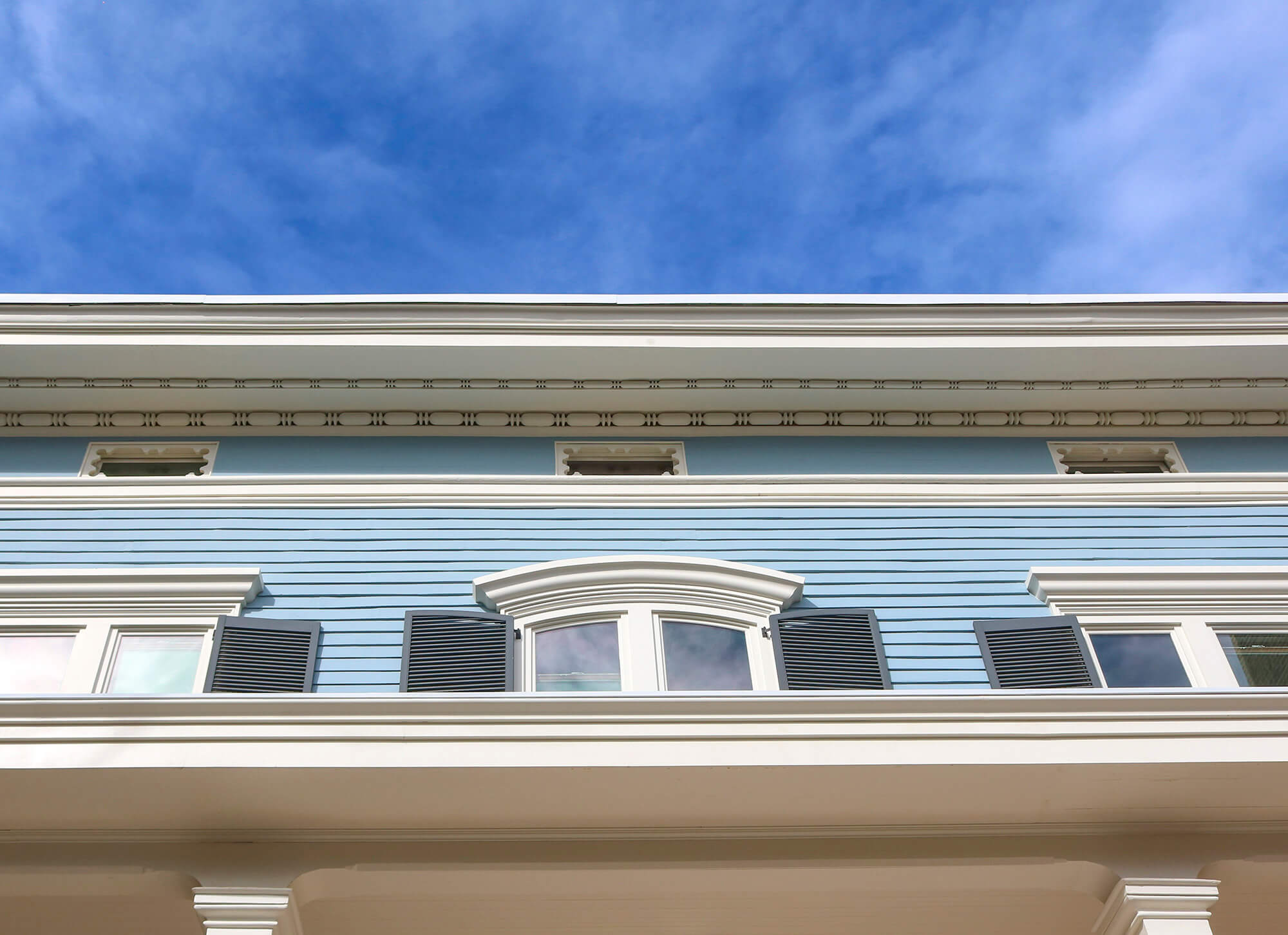
6. A permit from the New York Department of Buildings may not be required if you remove only the siding from a house with no more than three stories.
7. If you work with an architect, search out ones with Landmarks and wood-frame restoration experience. They should know how to render authentic looking historic details and be familiar with relevant off-the-shelf parts. Ask to see previous drawings they’ve done for wood frame restorations even if they’re not the same architectural style as your project.
8. You’ll probably want to start with your property’s 1940 tax photo and examine any extant historic details of neighboring houses if the property is in a row. Beyond that, it’s a good idea to take lots of photographs of similar trim and houses you like for your architect to copy — especially if tax photo details are blurry.
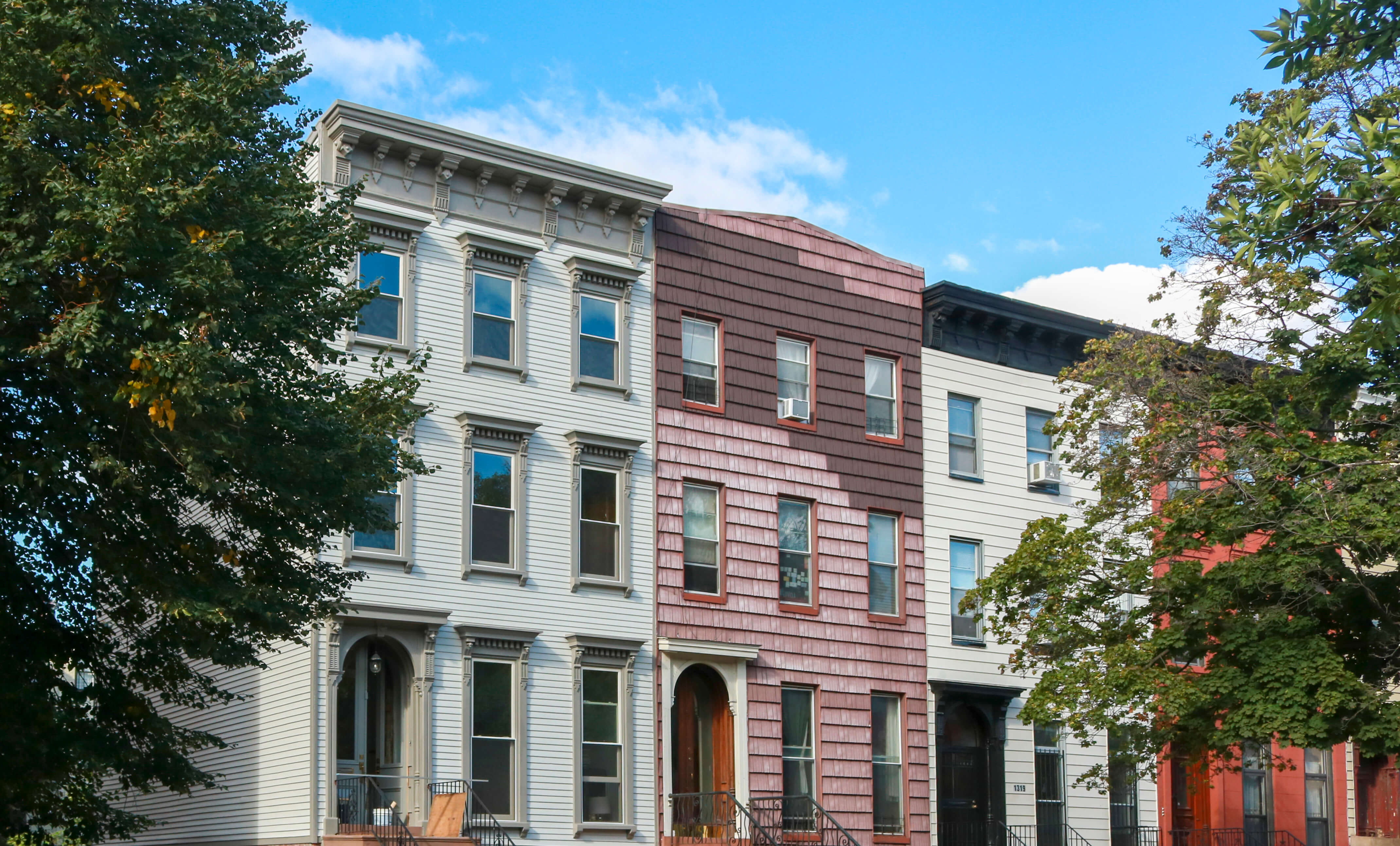
9. If your windows are in good condition and close in size to the original openings, likely there is little advantage to gain from installing new ones. If you are thinking of replacing windows, it’s a good idea to do it at the same time you change the siding.
10. Repair masonry, such as a brick ground floor, before replacing siding. Stone veneer such as PermaStone can be removed to expose the original brick, which can be cleaned, repointed and sealed. Odds are the brick is still good, especially if the veneer was applied directly to it rather than over a metal mesh. If the brick is too deteriorated, it can be covered in stucco or brick veneer.
[Photos by Susan De Vries]
Editor’s note: This story originally ran in the Fall/Holiday 2018/19 issue of Brownstoner magazine.
Related Stories
- An Obsession With Brooklyn’s Wood Frame Houses
- Long-Derelict Clinton Hill Wood Frame Gets New Siding, Approval From Landmarks
- An 1870s Wood Frame House in Greenpoint Sheds Its Aluminum Siding
Email tips@brownstoner.com with further comments, questions or tips. Follow Brownstoner on Twitter and Instagram, and like us on Facebook.

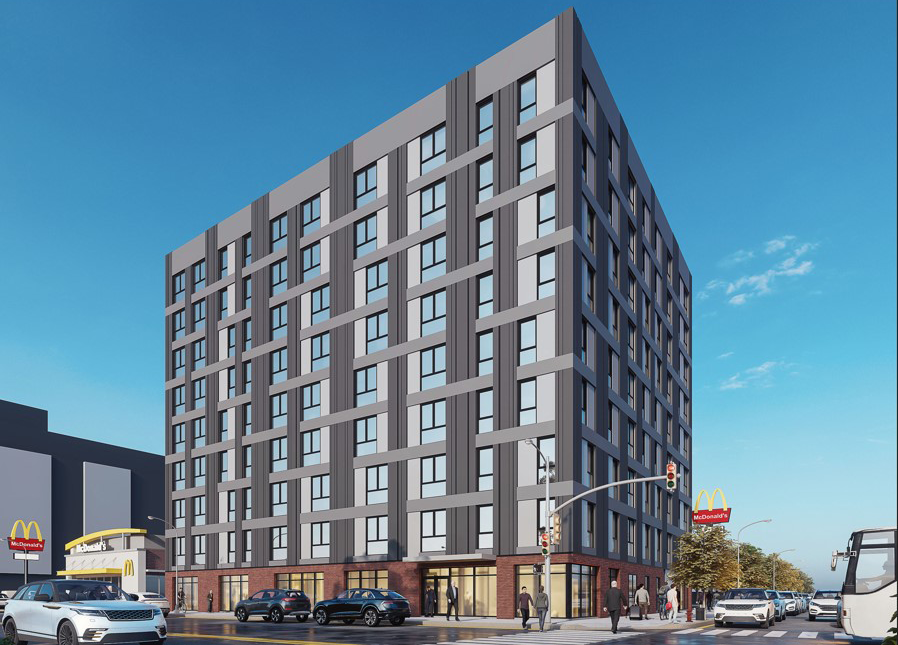
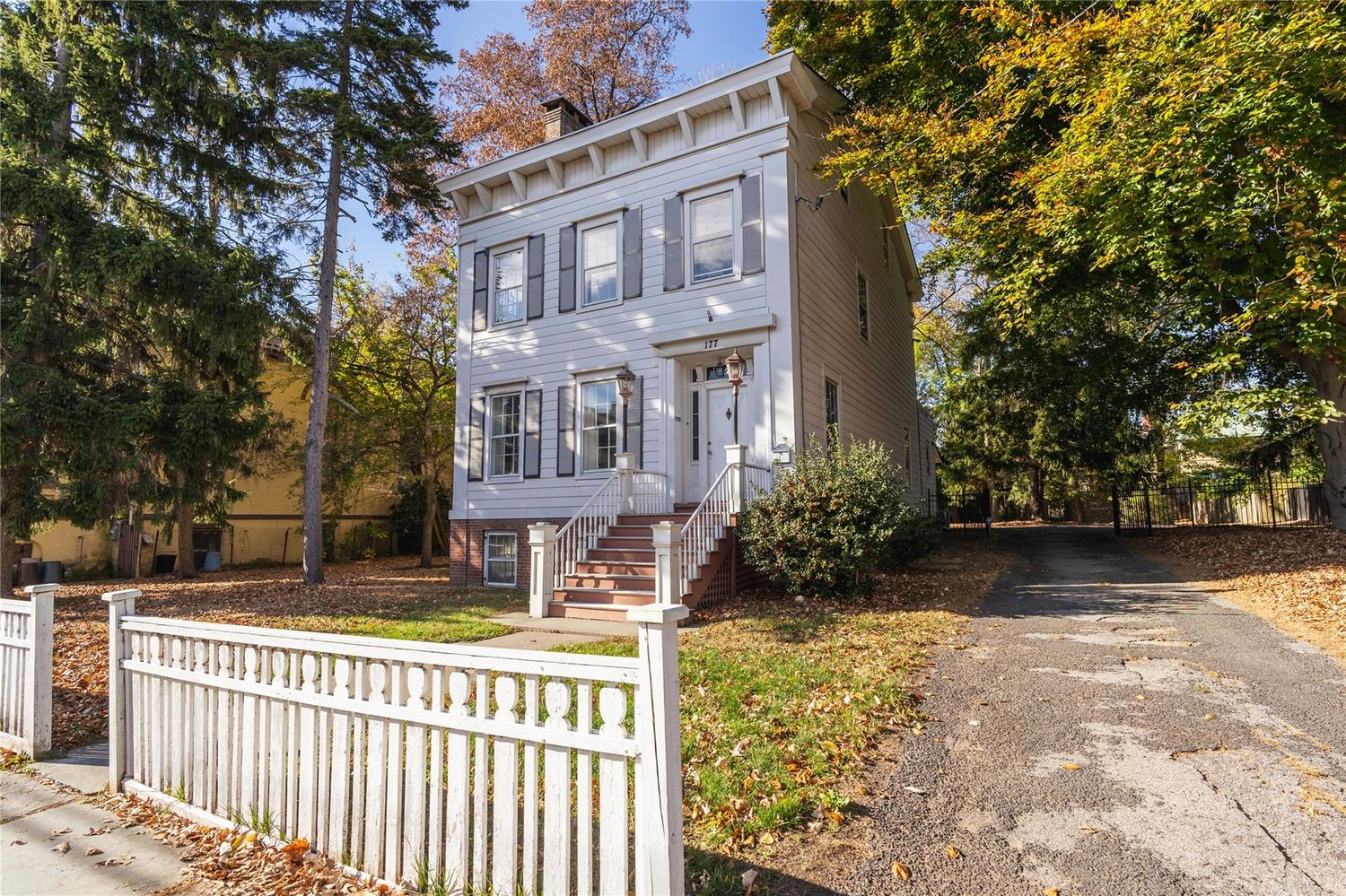
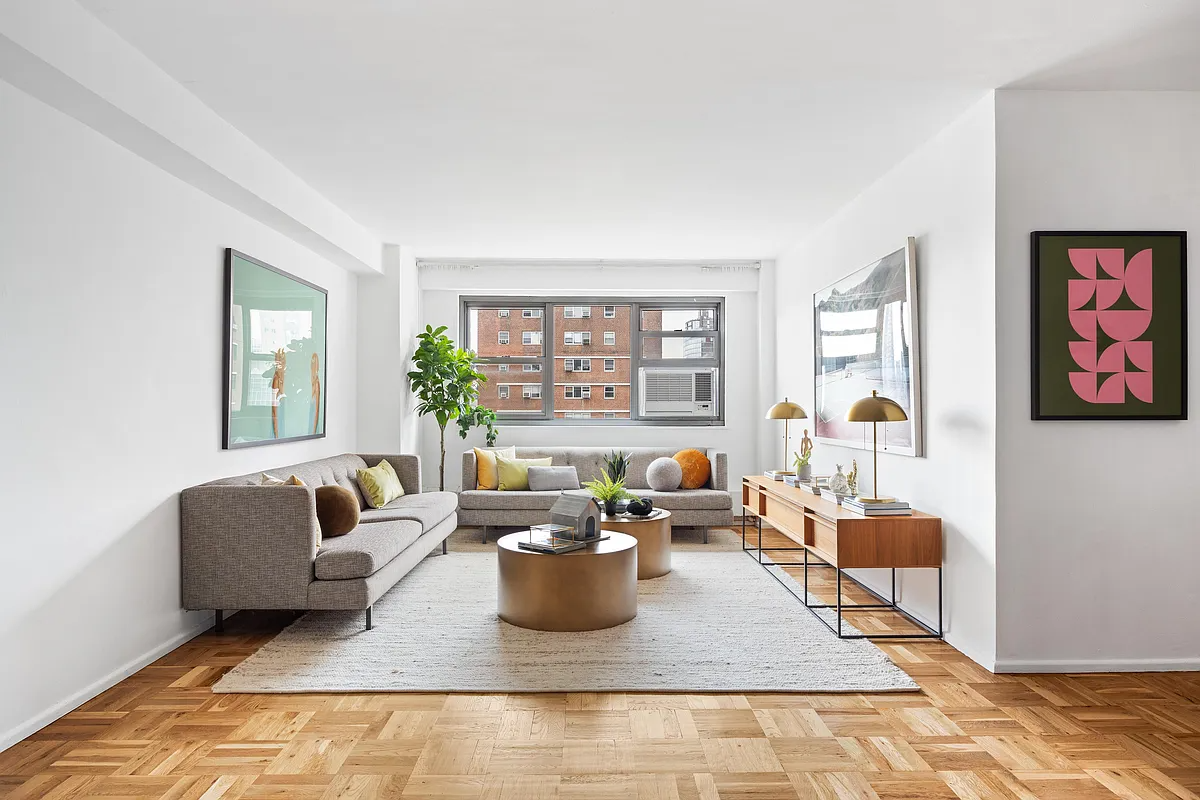



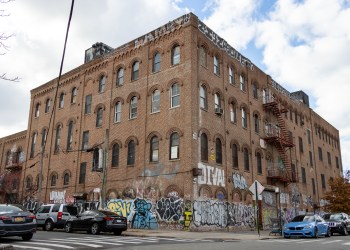

What's Your Take? Leave a Comment